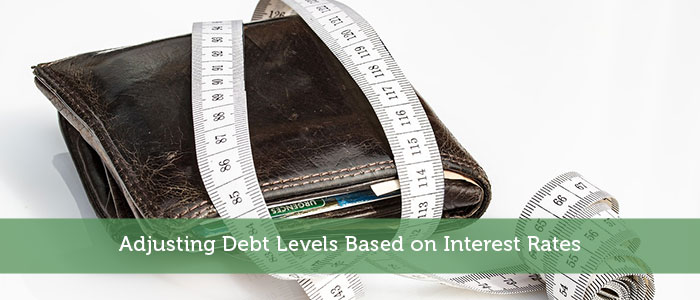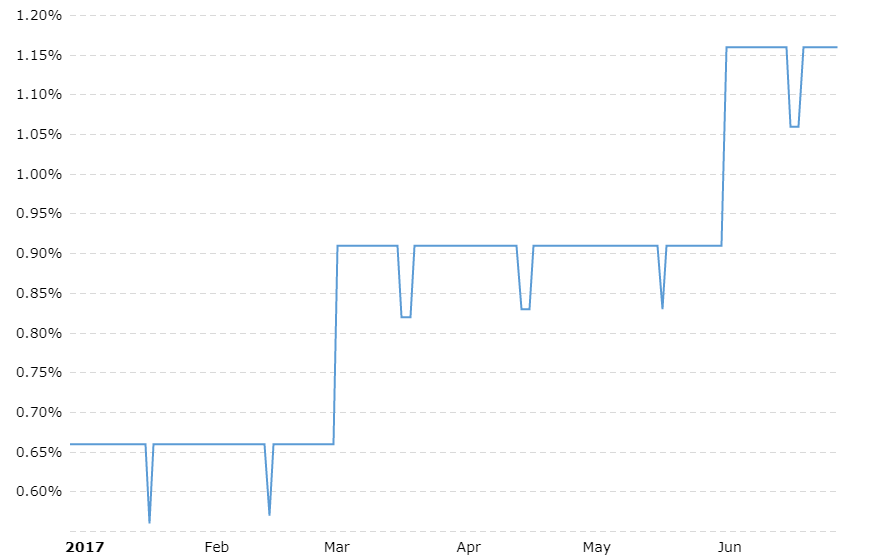
Photo Source
The United States and much of the world has been in a long period of low interest rates. But the Federal Reserve, the independent body that sets base rate targets for the financial markets, has been slowly raising interest rates since 2015. Over the last 6 months, the interest rate has climbed twice, each time a 0.25% increase.

It is expected by most economists that rates will continue to climb at least one more time before the end of the year. Changing interest rates can impact an individual’s ability to service his or her debt. One way to keep our debt load under control is to adjust our spending and saving behavior to pay down debt appropriately. So if the Fed hikes the target interest rate by 0.25% how much debt should we try to pay off? The new debt balance we should try to maintain can be calculated using the following formula.
New Debt Balance = Annual interest cost from older interest rate divided by the new cost of borrowing.
We use the annual interest charges of our portfolio before the rate hike because we know that’s what we can already afford to pay every year. This is easy to find out. Simply take all the interest that we’re paying, and divide it by the total amount of debt we have. For example, if I have a variable loan with $100,000 outstanding, and I pay $3,000 a year, then my total cost to service my debt is 3% a year. If I have more loans I simply take the average percentage by combining all the interest costs and debt balances.
$100,000 x 3% = $3,000
Let’s say the central bank decides to increase rates by 0.25% like it did last month. Using the example above we know the annual interest cost I was initially paying, which was $3,000. So we can use the formula to figure out how much debt I should be carrying in order to maintain my ability to service my liabilities.
Annual previous interest cost / the new cost (%) of borrowing = New Debt Balance
$3,000 / 3.25% = $92,308









Leave A Comment